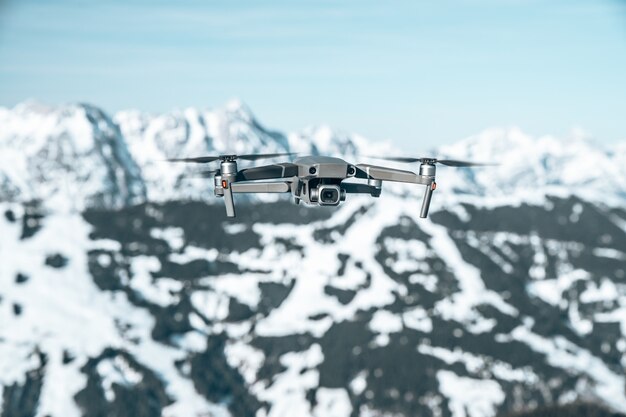
Sponsored article
In our increasingly connected world, unmanned aerial vehicles (UAVs), or drones, have become a ubiquitous presence that offers both opportunities and challenges. They provide innovative solutions across industries but also pose significant security risks. Emerging as a vital countermeasure, drone jamming technologies are at the forefront of enhancing security protocols. By disrupting the communication signals of unauthorized drones, these technologies prevent potential security breaches and safeguard sensitive environments.
Understanding drone jamming technology is crucial for enhancing modern security measures. Drone jamming involves the use of specialized equipment designed to disrupt the communication signals between drones and their operators. This anti-drone technology operates on the fundamental principle of interfering with the radio frequencies that drones rely on for navigation and control. By emitting a stronger signal on the same frequency, jamming techniques effectively sever the connection, rendering drones unresponsive and unable to execute any commands. The significance of this approach cannot be overstated, as unauthorized drones pose threats in sensitive environments, from privacy invasions to security breaches.
Diverse types of drone jamming systems have been developed to suit various operational needs, making it easier to tailor strategies for specific security challenges. Techniques such as broadband jamming, which blocks a wide range of frequencies, and GPS jamming, which disrupts navigational systems, are commonly used. These methods ensure that drones cannot operate within critical areas, providing a robust layer of protection. As awareness and implementation of drone jamming continue to expand, so too does our capacity to safeguard sensitive zones from aerial intrusions.
In today’s rapidly evolving technological landscape, the implementation of drone jamming technologies has become crucial in mitigating security threats posed by unauthorized drones. These security applications are particularly vital in safeguarding critical infrastructure across a variety of sectors. For instance, airports, which are highly sensitive areas, use drone jamming to prevent disruptions to flight operations and protect passengers from potential drone-related incidents. By ensuring that unauthorized drones are unable to access protected airspace, airports can maintain operational integrity and enhance safety measures. Similarly, drone jamming technology plays an essential role in prisons, where it is employed to prevent contraband delivery and unauthorized surveillance, thereby securing the perimeter against drone threats.
In military settings, drone jamming ensures the protection of bases and personnel by neutralizing threats from reconnaissance or potentially hostile drones. This technology is also increasingly important for events that gather large crowds, such as sports venues and concerts, where public safety is paramount. Key applications of drone jamming include:
By effectively deploying these technologies, various sectors can ensure a higher level of security and respond proactively to the evolving challenges posed by drone threats.
The implementation of drone jamming technologies faces several jamming challenges due to the rapid evolution and sophistication of drone systems. One of the primary hurdles is the development of jamming solutions that can effectively neutralize unauthorized drones without interfering with other communication systems. Additionally, there are legal and ethical considerations, as indiscriminate jamming can lead to unintended consequences. These challenges necessitate ongoing research and development in the field of anti-drone innovations to ensure both effectiveness and compliance with regulations.
Recent technological advancements have bolstered the capability of drone jamming solutions, integrating more precise and targeted methods to avoid collateral damage to civilian or critical communications. Innovations such as adaptive frequency hopping and AI-driven response systems have been pivotal in enhancing the precision of these technologies. However, continuous innovation is essential as drone technologies continue to advance. To effectively mitigate risks, it is crucial for anti-drone solutions to evolve in tandem with drone advancements, ensuring security measures are both proactive and resilient in an ever-changing landscape.